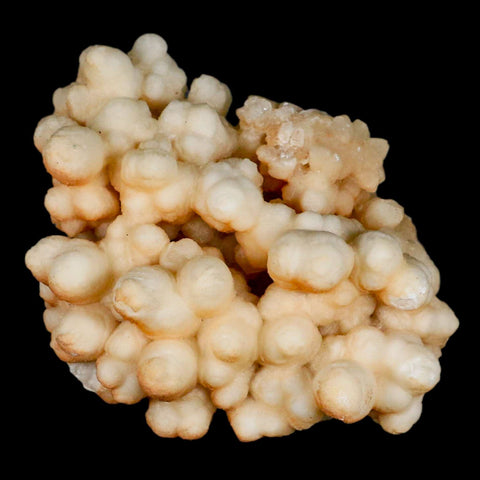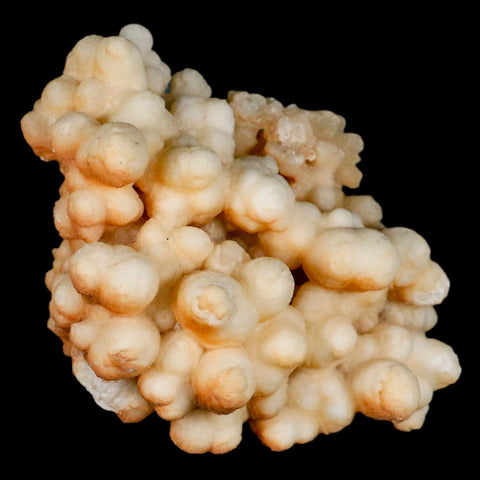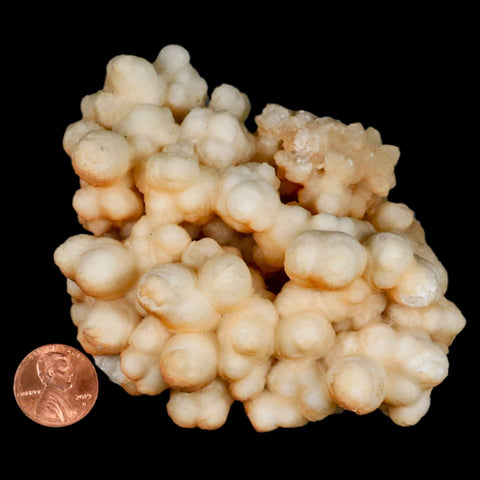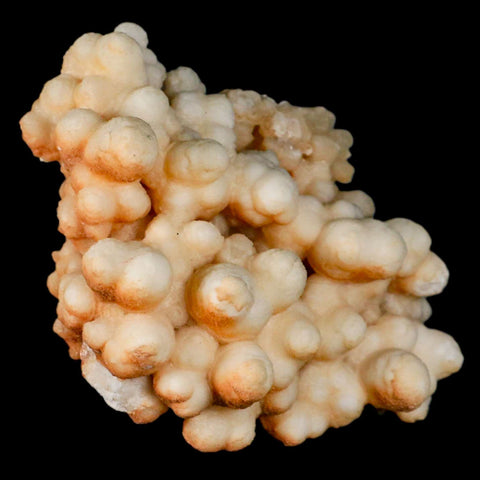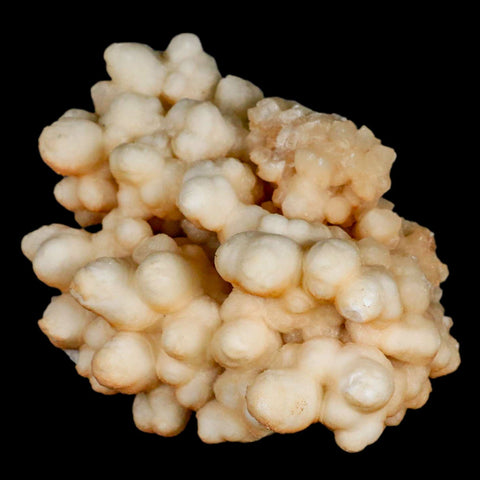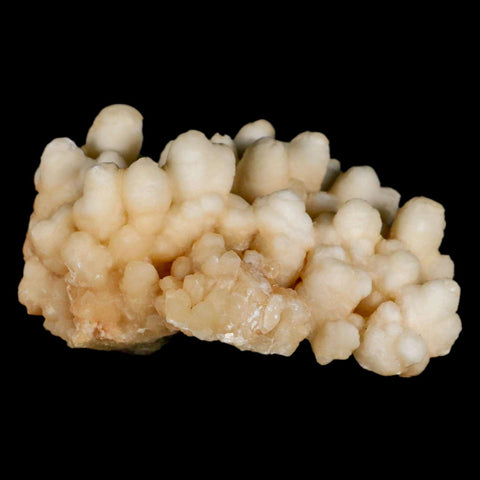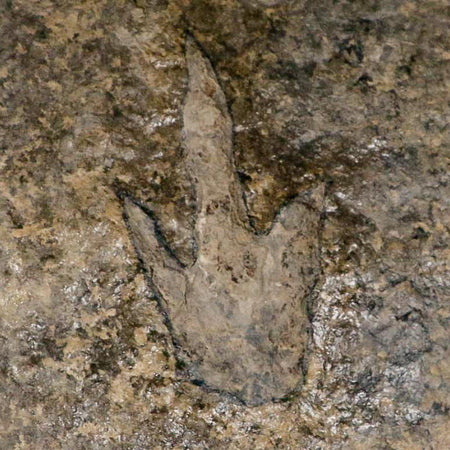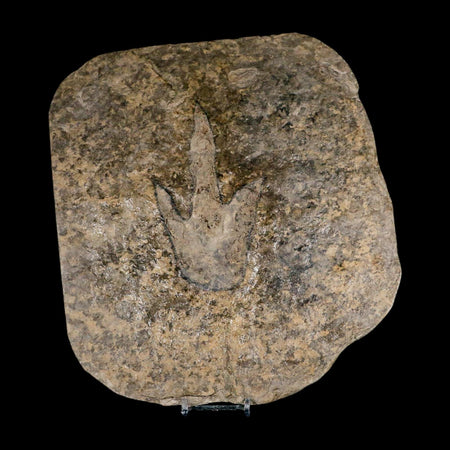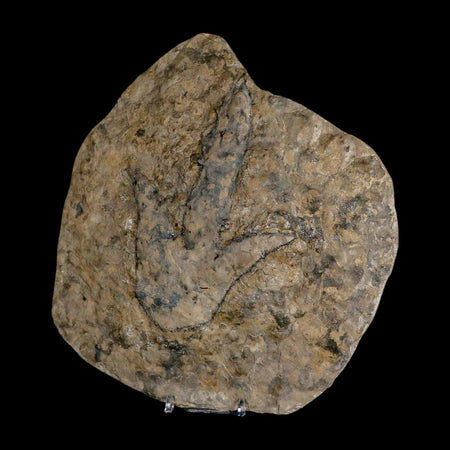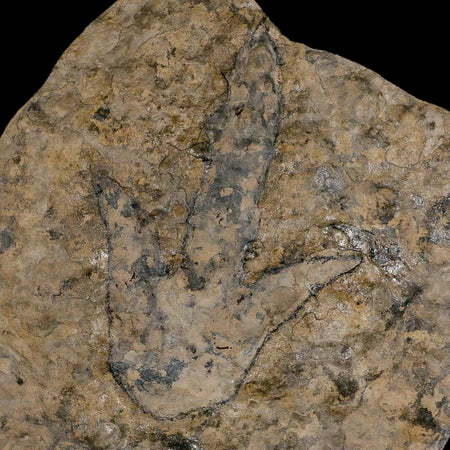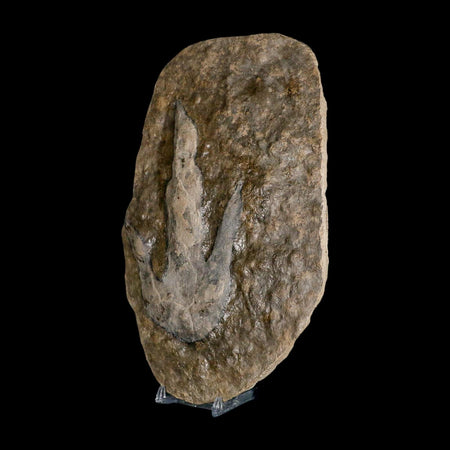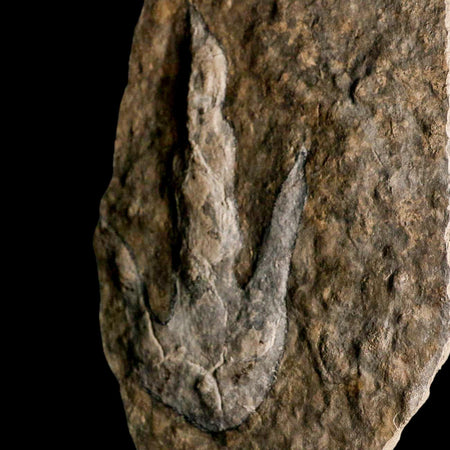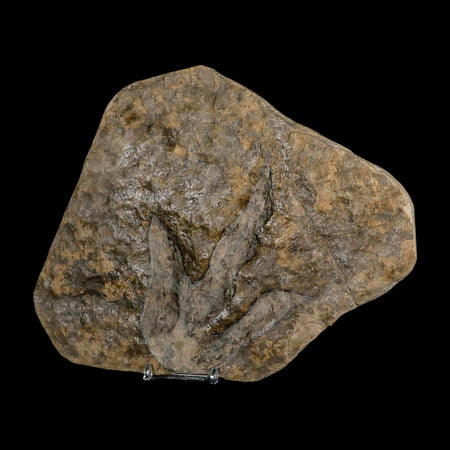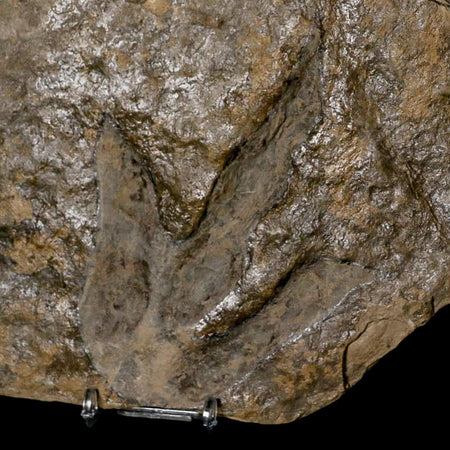3.9" Botryoidal Aragonite Cave Calcite Crystal Cluster Mineral Specimen Morocco
Location: Morocco
Weight: 13 Ounces
Dimensions: 3.9 Inches Long, 3.3 Inches Wide, 2.3 Inches Wide
The item pictured is the item you will receive
Aragonite is essential for the survival of many organisms on Earth, as it is the primary mineral used by most invertebrates to form their shells and structural components. The vibrant colors seen in seashells reflect the diverse hues of Aragonite and highlight its natural formation at the Earth's surface. Aragonite and calcite are polymorphs—sharing identical chemical compositions but differing slightly in crystal structure. These minerals often coexist and are so alike that only a trained geologist can reliably differentiate them. While calcite is currently more stable and prevalent in today’s marine environment, geological history shows periods when Aragonite was the dominant form. Physically, the two minerals are virtually indistinguishable.
Calcite, a calcium carbonate mineral with a Mohs hardness of 3, exhibits an impressive diversity in form and color and is present on every continent. It constitutes the principal component of marble and limestone formations. Yellow calcite typically appears in massive rather than crystalline structures, with the finest examples originating from Mexico. The term "calcite" derives from the Greek "chalix," meaning lime. Its palette spans red, green, orange, yellow, blue, pink, clear, black, and white hues. Renowned as one of Earth's most abundant minerals, calcite forms under a variety of geological conditions and occasionally fluoresces blue or red under ultraviolet light. Historically, it has been utilized in cement and mortar production, while its exceptionally clear varieties have served in optical applications such as gun sights and polarizing microscopes.


